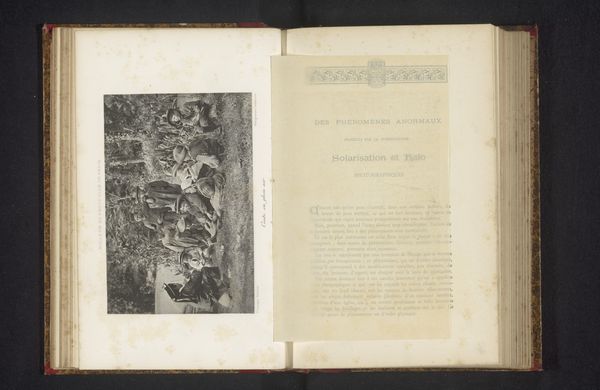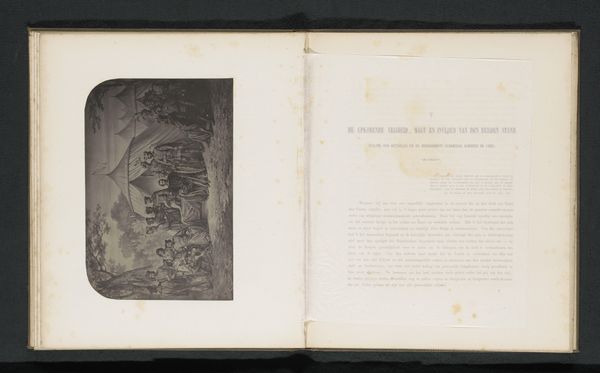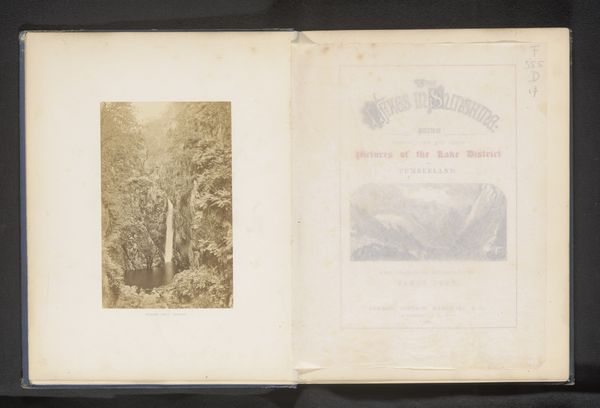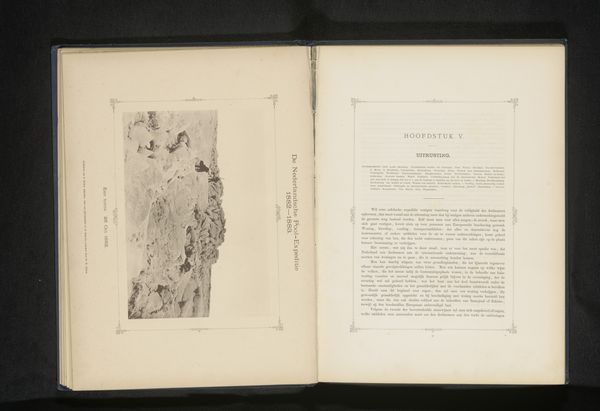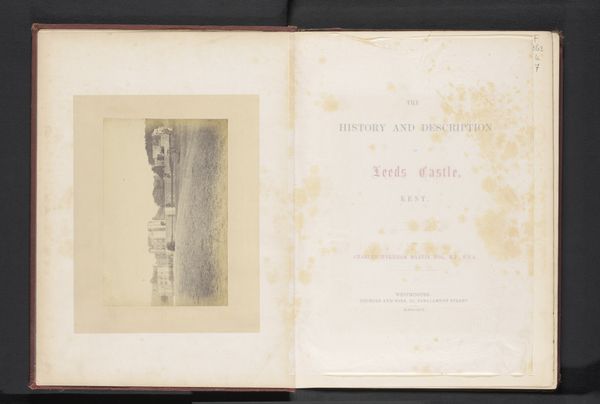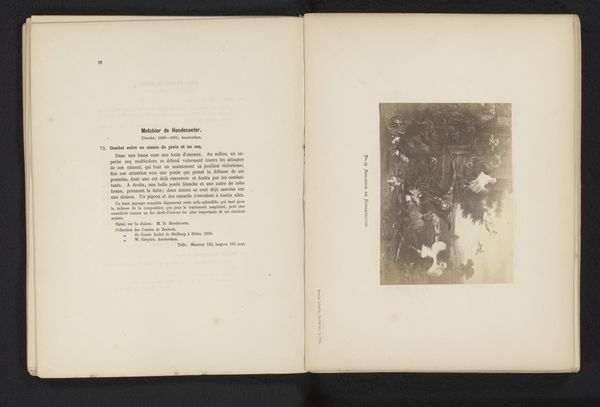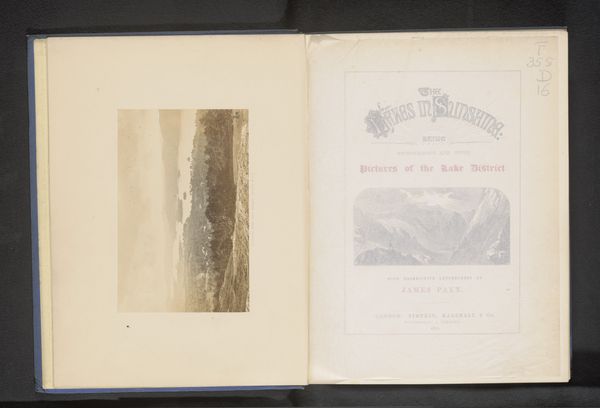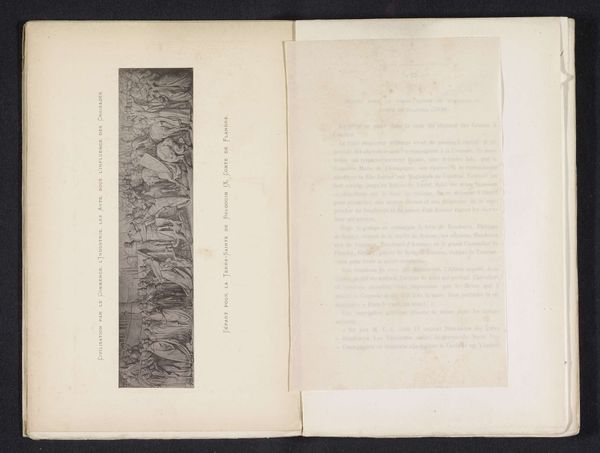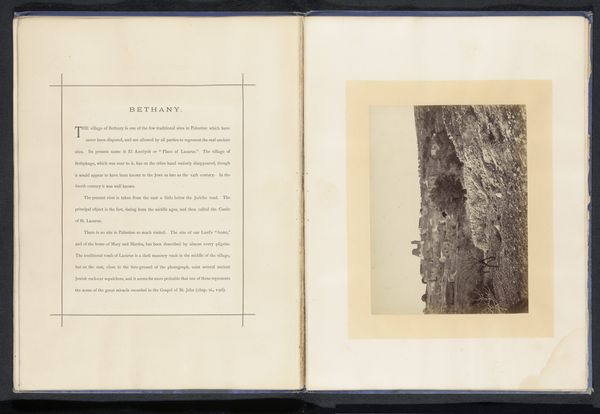
Dimensions: height 140 mm, width 212 mm
Copyright: Rijks Museum: Open Domain
Curator: This photomechanical print, made before 1861, reproduces an image titled "Fotoreproductie van een prent van een leger Germanen," which translates to "Photoreproduction of a print of an army of Germans." What is your immediate impression? Editor: Visually, it feels chaotic, almost overwhelming. The composition is dense, figures piled upon figures, all rendered in very fine, almost scratchy lines. The light is uneven and creates a sense of drama and perhaps, unease. Curator: Indeed. It's worth considering the period during which this image was created. The mid-19th century saw a surge in nationalistic sentiment across Europe. This print likely fed into a romanticized, and probably biased, view of Germanic history. Note how the depiction of a supposed "German army" subtly legitimizes contemporary ideas about power and dominance. Editor: I notice the heavy use of chiaroscuro – that strong contrast between light and shadow – and how it influences our perception. It seems that this artistic choice creates movement that draws our eyes throughout the image. Can we say more about the narrative elements presented and the medium used here? Curator: Well, what we know for sure is that it served as source imagery likely intended to visually communicate some epic, national origin story for a largely white European audience. It’s impossible not to note the historical contexts when seeing artworks from the period that often reinforce dangerous nationalistic themes and racist stereotypes. Editor: Certainly. But speaking simply in visual terms, the formal repetition creates an effect – the eye struggles to discern individual forms, and rather blends into one another. Does that flattening create any sense of emotional disquiet you believe is at play, here? Curator: I think the visual turmoil reinforces this notion of a primal, unified national force—a single entity rather than individual agents, sadly representative of common ideas in its time about race and culture. This piece presents itself as “historical” but is undoubtedly shaped by, and promotes, the agendas of the 19th century. Editor: I agree entirely. Seeing these complex layers informs and alters the whole composition for the viewer, and ultimately helps explain the artistic trends throughout this moment. Curator: Indeed, these historical pieces act as documents of past cultural thought. Examining their impact allows for critical reflection.
Comments
No comments
Be the first to comment and join the conversation on the ultimate creative platform.

